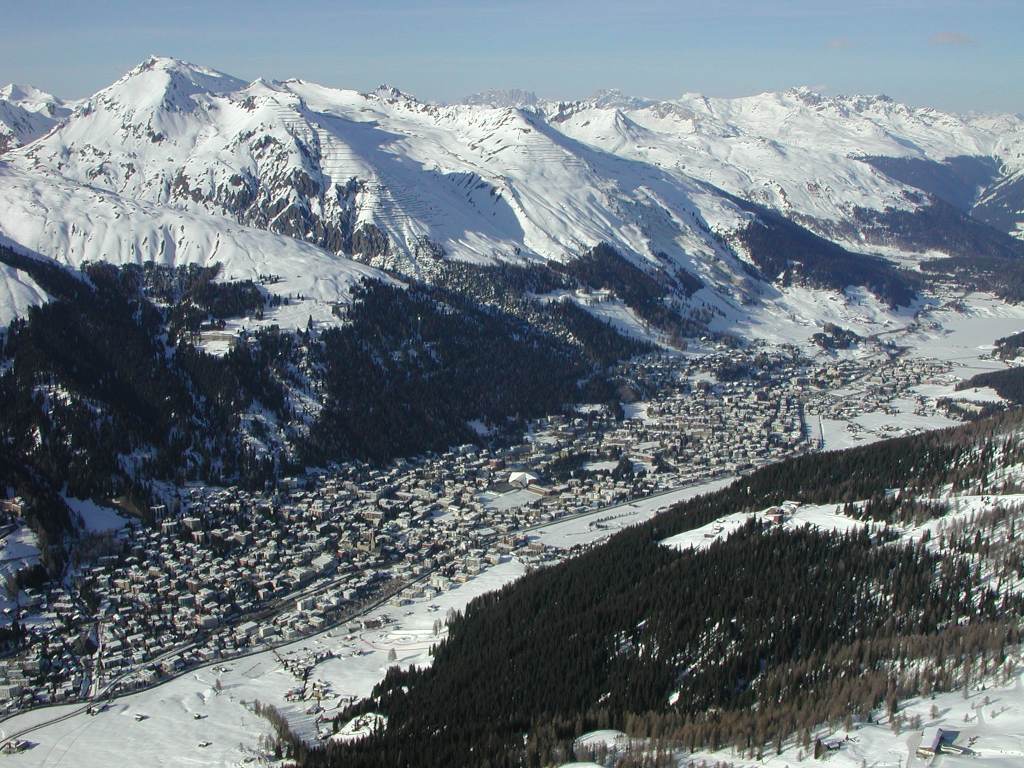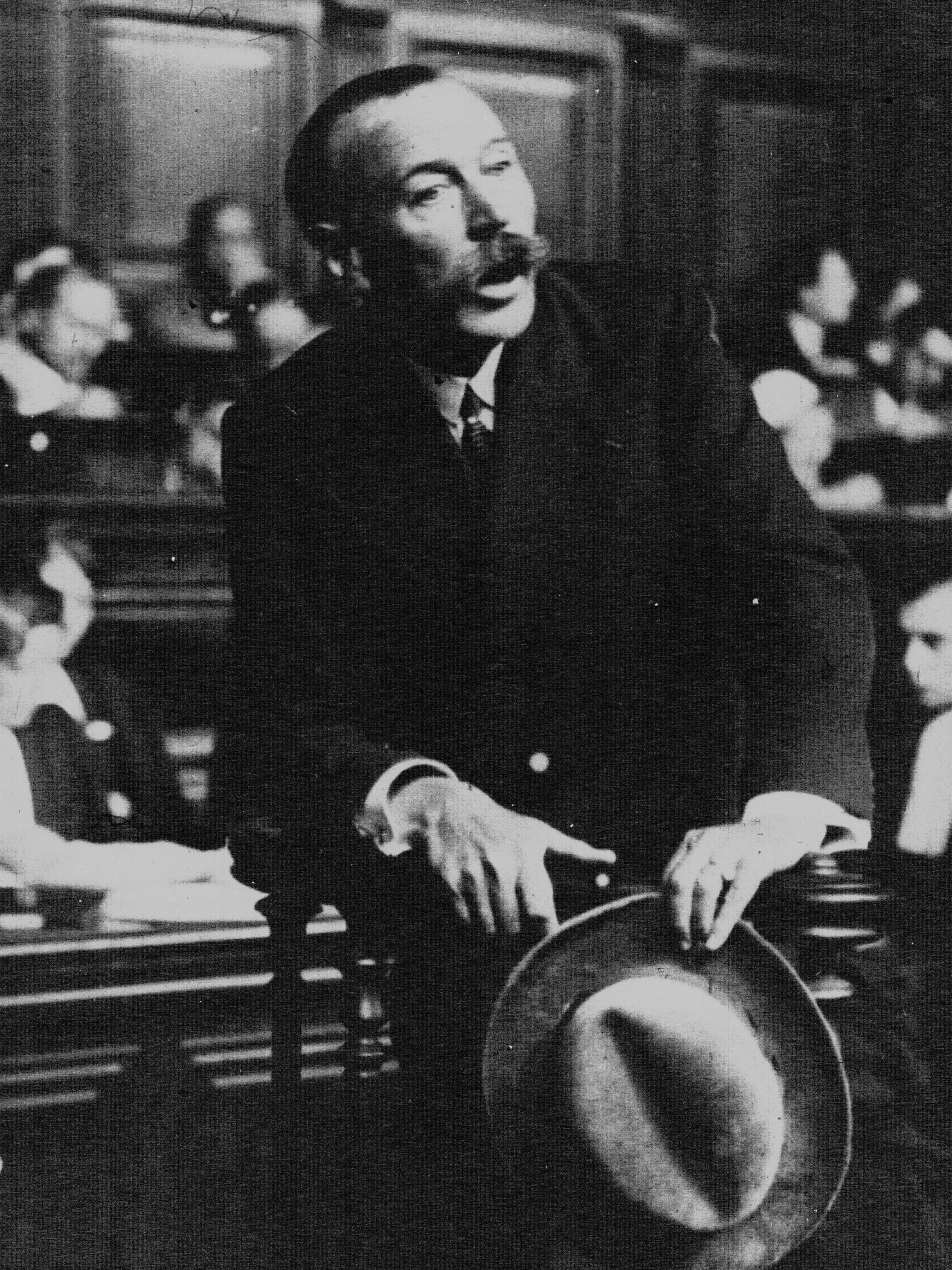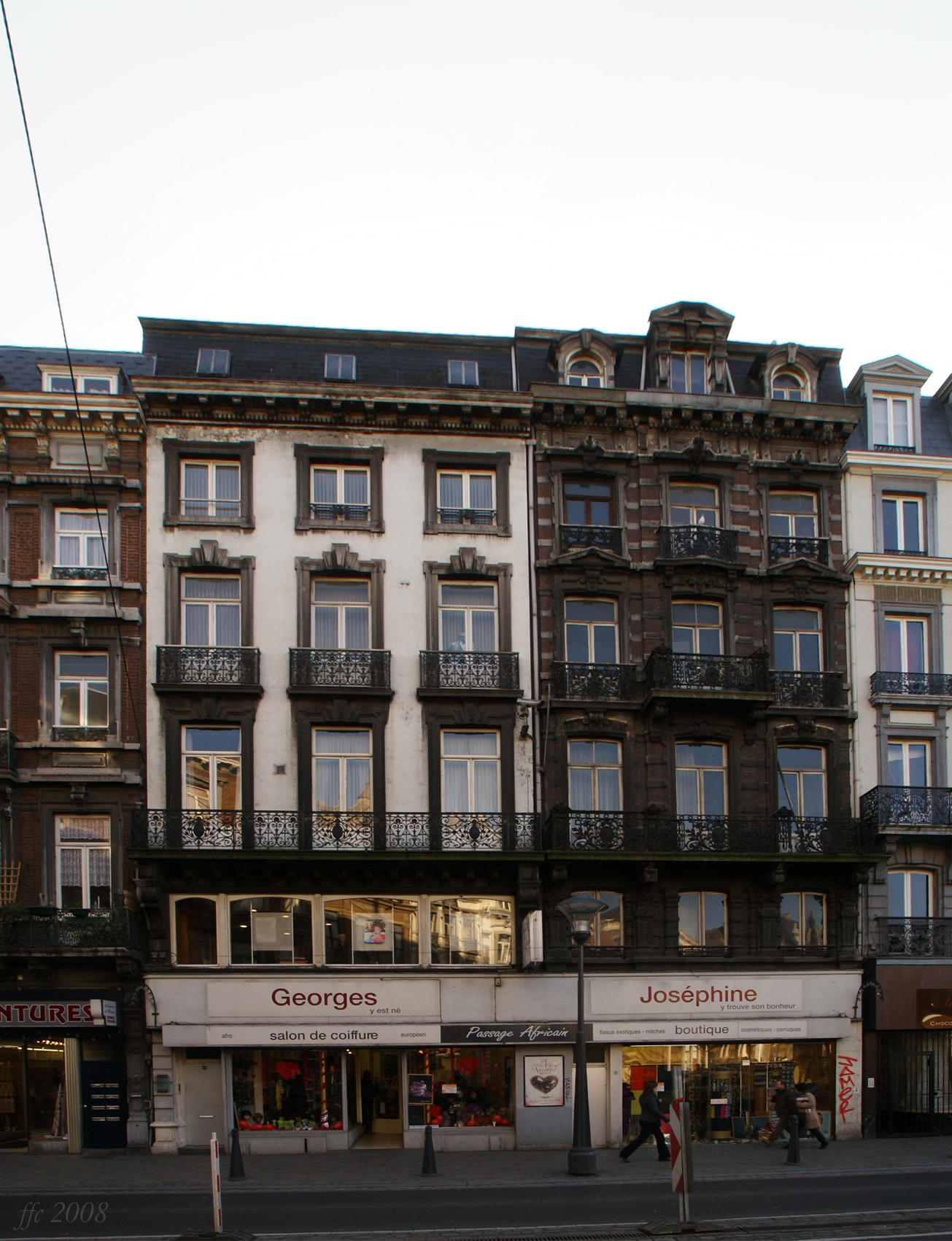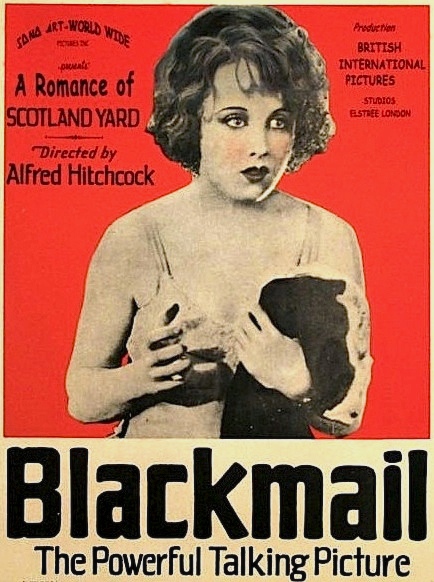|
Henry Clay (cigar Brand)
Henry Clay is an American brand of cigars named after the early American politician Henry Clay. The cigars are currently manufactured in the Dominican Republic. The brand is currently owned by the Spanish company Altadis, a subsidiary of Imperial Brands. History Henry Clay was founded in the 1840s by a Spanish immigrant to Cuba, Julián Álvarez Granda. The brand was nationalized by Fidel Castro's government following the Cuban Revolution, and manufacturing was severely reduced throughout the 1960s. The cigar's American Trademark was owned by the Henry Clay and Bock & Co. Ltd. located in Trenton, New Jersey. Henry Clay and Bock & Co. Ltd. became a component of the Tobacco Trust that, along with other trusts, was an object of the antitrust legislation of the United States. By 1986, Henry Clay's American trademark was owned by Consolidated Cigar Corpation, which started producing non-Cuban Henry Clays. The Consolidated Cigar Corporation was eventually purchased by Altadis. ... [...More Info...] [...Related Items...] OR: [Wikipedia] [Google] [Baidu] |
Cigar
A cigar is a rolled bundle of dried and fermented tobacco leaves made to be smoked. Cigars are produced in a variety of sizes and shapes. Since the 20th century, almost all cigars are made of three distinct components: the filler, the binder leaf which holds the filler together, and a wrapper leaf, which is often the highest quality leaf used. Often there will be a cigar band printed with the cigar manufacturer's logo. Modern cigars often come with two bands, especially Cuban cigar bands, showing Limited Edition (''Edición Limitada'') bands displaying the year of production. Cigar tobacco is grown in significant quantities primarily in Central America and the islands of the Caribbean, including Cuba, the Dominican Republic, Haiti, Honduras, Mexico, Ecuador, Nicaragua, Guatemala, Costa Rica, Panama, and Puerto Rico; it is also produced in the Eastern United States, Brazil and in the Mediterranean countries of Italy and Spain (in the Canary Islands), and in Indonesia and the P ... [...More Info...] [...Related Items...] OR: [Wikipedia] [Google] [Baidu] |
Trust (19th Century)
A trust company is a corporation that acts as a fiduciary, trustee or agent of trusts and agencies. A professional trust company may be independently owned or owned by, for example, a bank or a law firm, and which specializes in being a trustee of various kinds of trusts. The "trust" name refers to the ability to act as a trustee – someone who administers financial assets on behalf of another. The assets are typically held in the form of a trust, a legal instrument that spells out who the beneficiaries are and what the money can be spent for. A trustee will manage investments, keep records, manage assets, prepare court accounting, pay bills (depending on the nature of the trust), medical expenses, charitable gifts, inheritances or other distributions of income and principal. Estate administration A trust company can be named as an executor or personal representative in a last will and testament. The responsibilities of an executor in settling the estate of a deceased perso ... [...More Info...] [...Related Items...] OR: [Wikipedia] [Google] [Baidu] |
The Magic Mountain
''The Magic Mountain'' (german: Der Zauberberg, links=no, ) is a novel by Thomas Mann, first published in German in November 1924. It is widely considered to be one of the most influential works of twentieth-century German literature. Mann started writing ''The Magic Mountain'' in 1912. It began as a much shorter narrative that comically revisited the aspects of ''Death in Venice'', a novella that he was preparing for publication. The newer work reflected his experiences and impressions during a period when his wife, who was suffering from a lung complaint, resided at Dr. Friedrich Jessen's ''Waldsanatorium'' in Davos, Switzerland for several months. In May and June 1912, Mann visited her and became acquainted with the team of doctors and patients in this cosmopolitan institution. According to Mann, in the afterword that was later included in the English translation of his novel, this stay inspired his opening chapter ("Arrival"). The outbreak of World War I interrupted his w ... [...More Info...] [...Related Items...] OR: [Wikipedia] [Google] [Baidu] |
Thomas Mann
Paul Thomas Mann ( , ; ; 6 June 1875 – 12 August 1955) was a German novelist, short story writer, social critic, philanthropist, essayist, and the 1929 Nobel Prize in Literature laureate. His highly symbolic and ironic epic novels and novellas are noted for their insight into the psychology of the artist and the intellectual. His analysis and critique of the European and German soul used modernized versions of German and Biblical stories, as well as the ideas of Johann Wolfgang von Goethe, Friedrich Nietzsche, and Arthur Schopenhauer. Mann was a member of the Hanseatic Mann family and portrayed his family and class in his first novel, ''Buddenbrooks''. His older brother was the radical writer Heinrich Mann and three of Mann's six children – Erika Mann, Klaus Mann and Golo Mann – also became significant German writers. When Adolf Hitler came to power in 1933, Mann fled to Switzerland. When World War II broke out in 1939, he moved to the United States, then returned to Swit ... [...More Info...] [...Related Items...] OR: [Wikipedia] [Google] [Baidu] |
Kurt Weill
Kurt Julian Weill (March 2, 1900April 3, 1950) was a German-born American composer active from the 1920s in his native country, and in his later years in the United States. He was a leading composer for the stage who was best known for his fruitful collaborations with Bertolt Brecht. With Brecht, he developed productions such as his best-known work, ''The Threepenny Opera'', which included the ballad "Mack the Knife". Weill held the ideal of writing music that served a socially useful purpose,Kurt Weill Cjschuler.net. Retrieved on August 22, 2011. ''''. He also wrote several works for the concert hall and a number of works on Jewish themes. He became a United States citizen on August 27, 1943.
|
Inspector Maigret
Jules Maigret (), or simply Maigret, is a fictional French police detective, a '' commissaire'' ("commissioner") of the Paris ''Brigade Criminelle'' ('' Direction Régionale de la Police Judiciaire de Paris:36, Quai des Orfèvres''), created by writer Georges Simenon. The character's full name is Jules Amédée François Maigret. Between 1931 and 1972, 75 novels and 28 short stories about Maigret were published, starting with ''Pietr-le-Letton'' ("Peter the Lett") and concluding with ''Maigret et Monsieur Charles'' ("Maigret and Monsieur Charles"). The Maigret stories have also received numerous film, television and radio adaptations. Penguin Books published new translations of 75 books in the series over as many months; the project was begun in November 2013 by translators David Bellos, Anthea Bell, and Ros Schwartz. Character Creation The character of Maigret was invented by Simenon while drinking in a cafe and imagining a Parisian policeman: "a large powerfully built gent ... [...More Info...] [...Related Items...] OR: [Wikipedia] [Google] [Baidu] |
George Simenon
Georges Joseph Christian Simenon (; 13 February 1903 – 4 September 1989) was a Belgian writer. He published nearly 500 novels and numerous short works, and was the creator of the fictional detective Jules Maigret. Early life and education Simenon was born at 26 (now number 24) to Désiré Simenon and his wife Henriette Brüll. Désiré Simenon worked in an accounting office at an insurance company and had married Henriette in April 1902. Although Simenon was born on Friday 13 February 1903, superstition resulted in his birth being registered as having been on the 12th. This story of his birth is recounted at the beginning of his novel ''Pedigree''. The Simenon family traces its origins back to Belgian Limburg. Simenon could trace his line back to peasants living in the area since as early as 1580. His mother had origins from Limburg, the Netherlands and Germany while his father was of Walloon origin.Becker, Lucille Frackman. "Georges Simenon (1903-1989)." In: Amoia, Alb ... [...More Info...] [...Related Items...] OR: [Wikipedia] [Google] [Baidu] |
Blackmail (1929 Film)
''Blackmail'' is a 1929 British thriller drama film directed by Alfred Hitchcock and starring Anny Ondra, John Longden, and Cyril Ritchard. Based on the 1928 play of the same name by Charles Bennett, the film is about a London woman who is blackmailed after killing a man who tries to rape her. After starting production as a silent film, British International Pictures decided to adapt ''Blackmail'' into a separate sound film. It became the first successful European talkie; a silent version was released for theaters not equipped for sound (at 6,740 feet), with the sound version (7,136 feet) released at the same time. Both versions are held in the British Film Institute collection. ''Blackmail'' is frequently cited as the first British sound feature film. Voted the best British film of 1929 in a UK poll the year it was released. In 2017 a poll of 150 actors, directors, writers, producers and critics for '' Time Out'' magazine ranked ''Blackmail'' as the 59th best British film e ... [...More Info...] [...Related Items...] OR: [Wikipedia] [Google] [Baidu] |
Arsène Lupin
Arsène Lupin (French pronunciation: ʁsɛn lypɛ̃ is a fictional gentleman thief and master of disguise created in 1905 by French writer Maurice Leblanc. The character was first introduced in a series of short stories serialized in the magazine ''Je sais tout''. The first story, "The Arrest of Arsène Lupin", was published on 15 July 1905. Lupin was featured in 17 novels and 39 novellas by Leblanc, with the novellas or short stories collected into book form for a total of 24 books. The number becomes 25 if the 1923 novel ''The Secret Tomb'' is counted: Lupin does not appear in it, but the main character Dorothée solves one of Arsène Lupin's four fabulous secrets. The character has also appeared in a number of books by other writers as well as numerous film, television, stage play, and comic book adaptations. Five authorized sequels were written in the 1970s by the celebrated mystery writing team of Boileau-Narcejac. Antecedents Arsène Lupin is a literary descendant of ... [...More Info...] [...Related Items...] OR: [Wikipedia] [Google] [Baidu] |
Maurice Leblanc
Maurice Marie Émile Leblanc (; ; 11 December 1864 – 6 November 1941) was a French novelist and writer of short stories, known primarily as the creator of the fictional gentleman thief and detective Arsène Lupin, often described as a French counterpart to Arthur Conan Doyle Sir Arthur Ignatius Conan Doyle (22 May 1859 – 7 July 1930) was a British writer and physician. He created the character Sherlock Holmes in 1887 for ''A Study in Scarlet'', the first of four novels and fifty-six short stories about Ho ...'s creation Sherlock Holmes. The first Arsène Lupin story appeared in a series of short stories that was serialized in the magazine ''Je sais tout'', starting in No. 6, dated 15 July 1905. Clearly created at editorial request, it is possible that Leblanc had also read Octave Mirbeau's ''Les 21 jours d'un neurasthénique'' (1901), which features a gentleman thief named Arthur Lebeau, and he had seen Mirbeau's comedy ''Scrupules'' (1902), whose main character ... [...More Info...] [...Related Items...] OR: [Wikipedia] [Google] [Baidu] |
Vladimir Mayakovsky
Vladimir Vladimirovich Mayakovsky (, ; rus, Влади́мир Влади́мирович Маяко́вский, , vlɐˈdʲimʲɪr vlɐˈdʲimʲɪrəvʲɪtɕ məjɪˈkofskʲɪj, Ru-Vladimir Vladimirovich Mayakovsky.ogg, links=y; – 14 April 1930) was a Russian and Soviet poet, playwright, artist, and actor. During his early, pre-Revolution period leading into 1917, Mayakovsky became renowned as a prominent figure of the Russian Futurist movement. He co-signed the Futurist manifesto, ''A Slap in the Face of Public Taste'' (1913), and wrote such poems as "A Cloud in Trousers" (1915) and "Backbone Flute" (1916). Mayakovsky produced a large and diverse body of work during the course of his career: he wrote poems, wrote and directed plays, appeared in films, edited the art journal ''LEF'', and produced agitprop posters in support of the Communist Party during the Russian Civil War of 1917–1922. Though Mayakovsky's work regularly demonstrated ideological and patriotic support ... [...More Info...] [...Related Items...] OR: [Wikipedia] [Google] [Baidu] |
New York City
New York, often called New York City or NYC, is the List of United States cities by population, most populous city in the United States. With a 2020 population of 8,804,190 distributed over , New York City is also the List of United States cities by population density, most densely populated major city in the United States, and is more than twice as populous as second-place Los Angeles. New York City lies at the southern tip of New York (state), New York State, and constitutes the geographical and demographic center of both the Northeast megalopolis and the New York metropolitan area, the largest metropolitan area in the world by urban area, urban landmass. With over 20.1 million people in its metropolitan statistical area and 23.5 million in its combined statistical area as of 2020, New York is one of the world's most populous Megacity, megacities, and over 58 million people live within of the city. New York City is a global city, global Culture of New ... [...More Info...] [...Related Items...] OR: [Wikipedia] [Google] [Baidu] |


_by_night.jpg)







